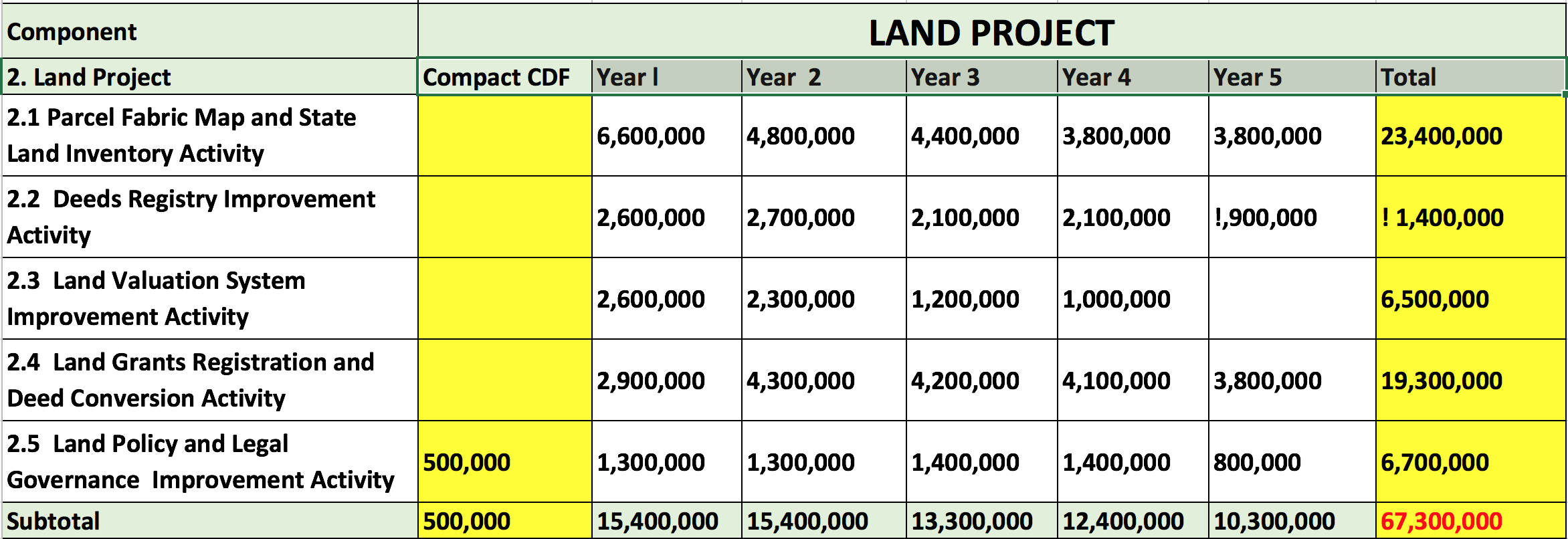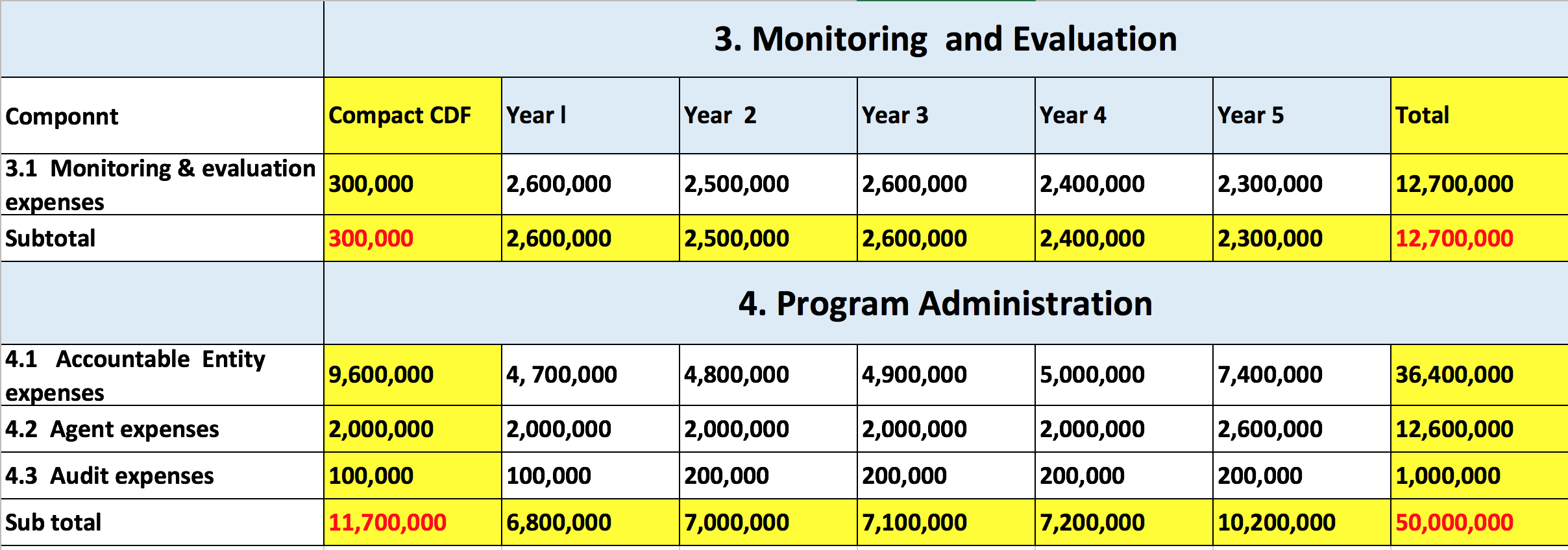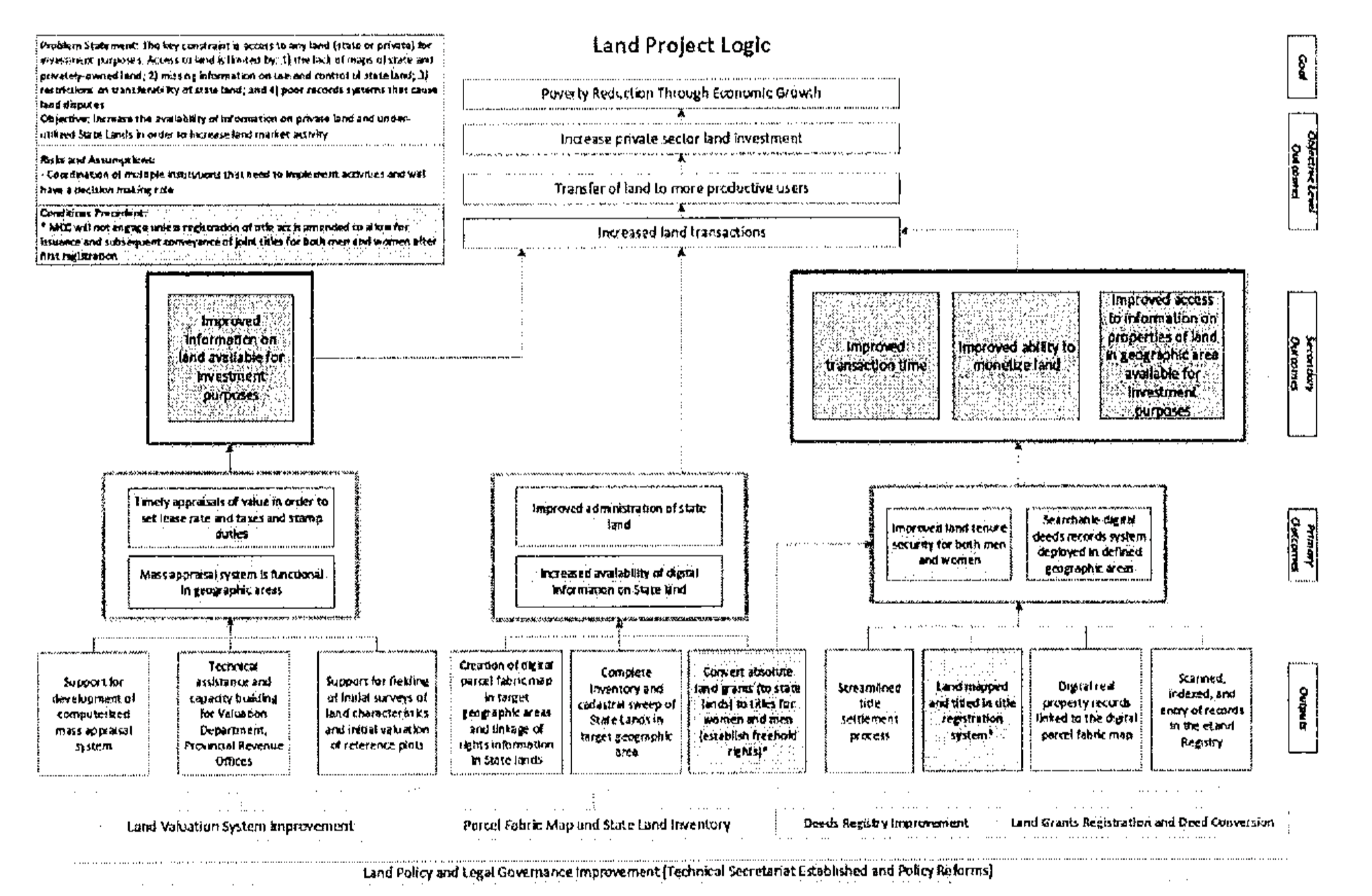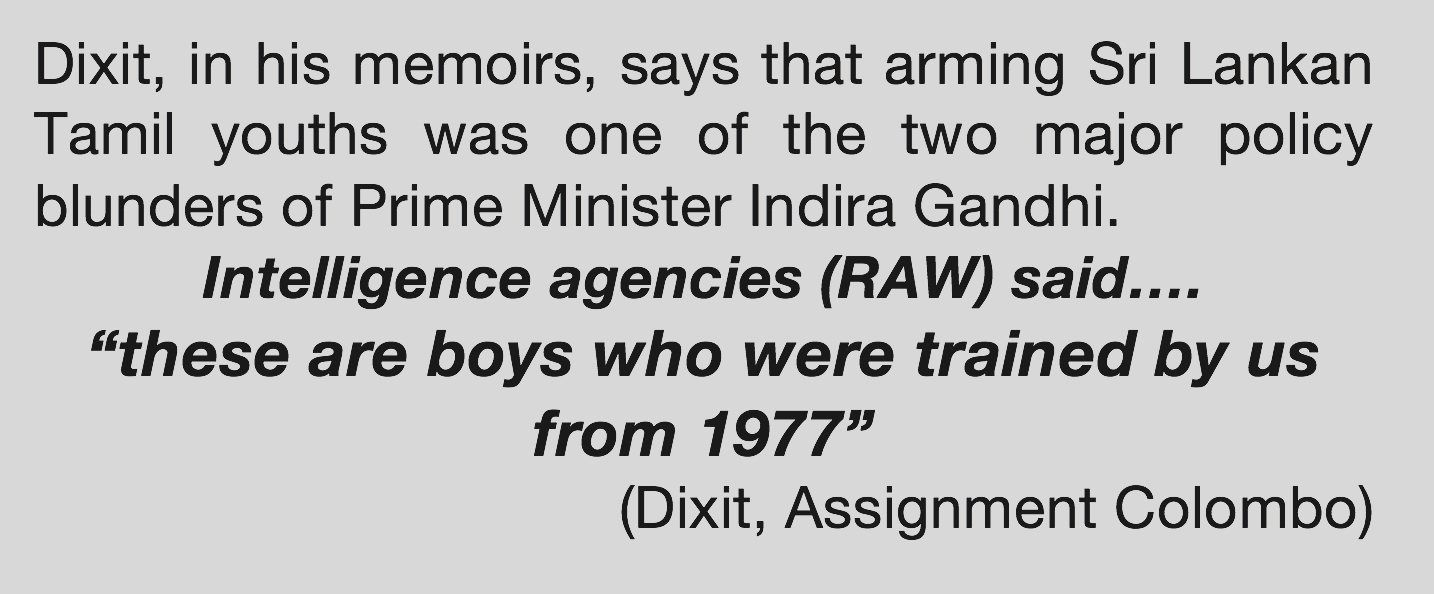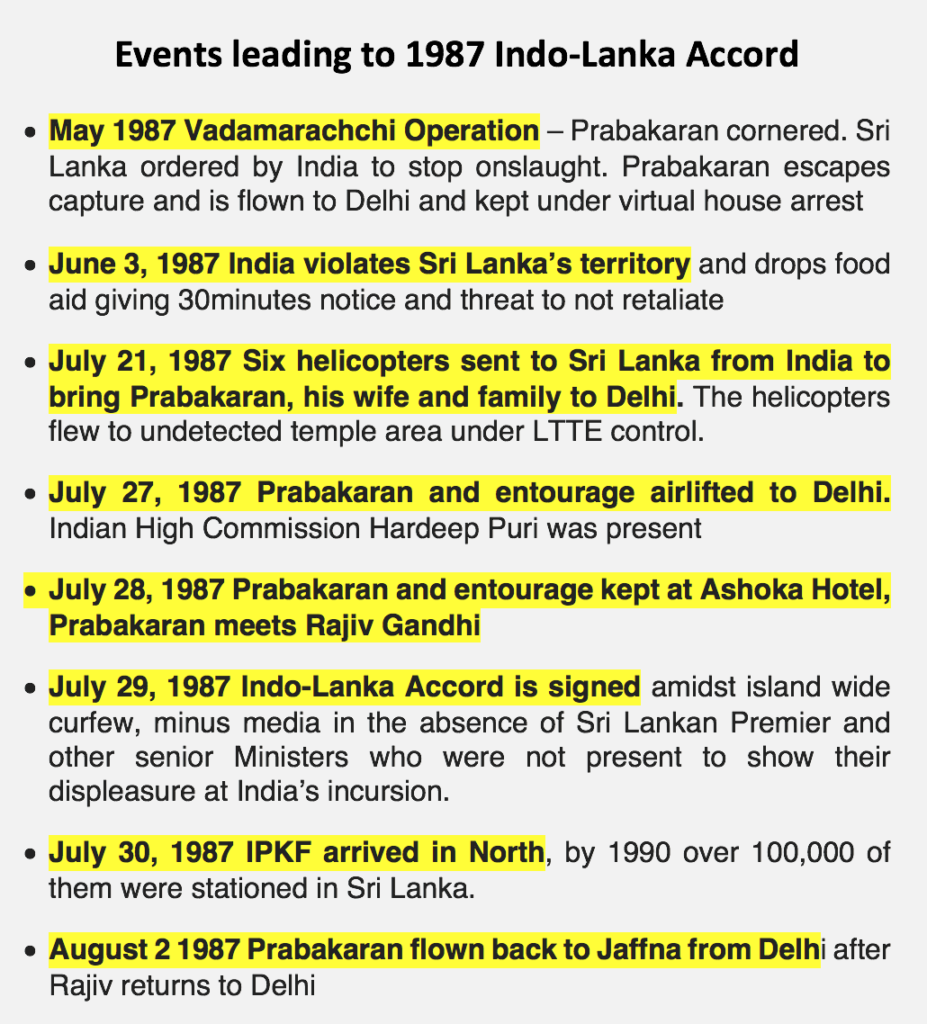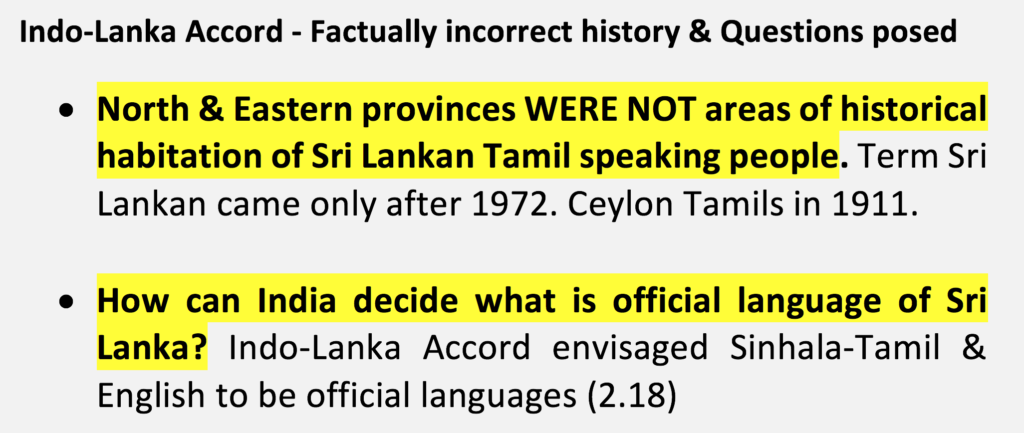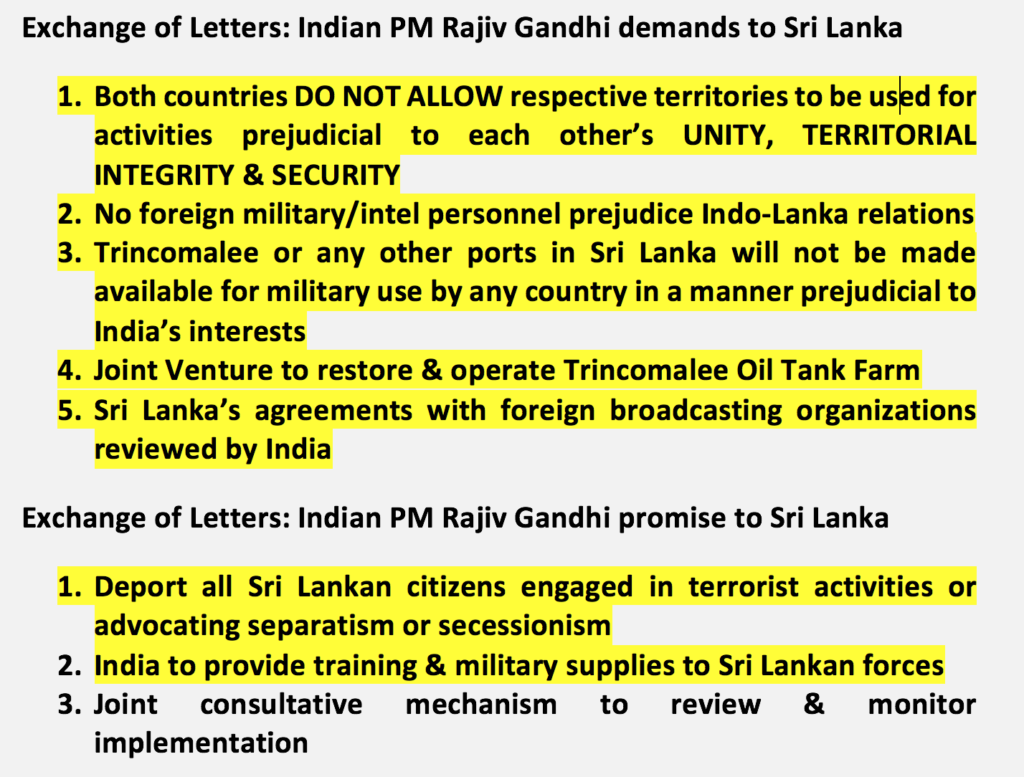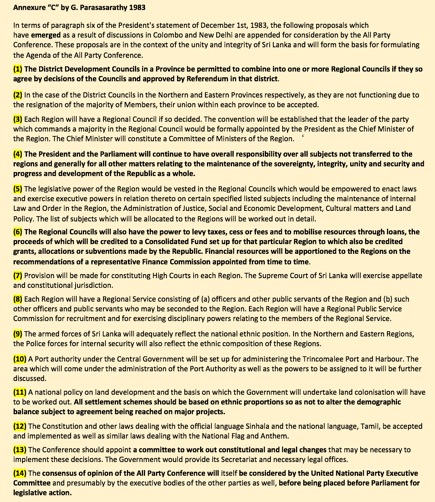By Raj Gonsalkorale
In
the tea industry, the tea taster reigns supreme. Yet strangely enough tea
tasting begins with the plucker. This is because the taster’s judgment depends
on how the leaves have been plucked. There are two forms of plucking: fine and
coarse. The former is essential to a good cup of tea, and as a rule it involves
the plucking of the leaf and the bud. Coarse plucking, as the name suggests, on
the other hand produces teas of inferior quality – A history of our tea – Uditha Devapriya
Medium August 2019
The long term future of the tea industry in Sri Lanka
is dependent on one single factor and that is who will be plucking tea leaves
in the years to come.
The traditional female plantation worker with a big
basket on her back, underpaid, unappreciated and physically drained, would be a
diminishing breed of workers as the next generation of such workers would be
better educated and in more gainful employment. The terrain of most tea
plantations is such that mechanization will be difficult if not impossible, and
even if it were possible, it will diminish the quality of tea that the country
is famous for and takes pride in. However, in the longer term, introduction of
appropriate mechanization methods may be the only way the industry could
survive as a viable economic agriculture produce in the country.
Tea plucking has been the vocation of the plantation
sector Tamils, primarily the women amongst them, since tea was introduced to
Sri Lanka, then Ceylon in 1832. Indian Tamils as they were called for a long
time, were treated like slaves, some opine that many of them are still treated
as slaves even today, and their treatment as sub humans, paying them a pittance
for their labour, providing them with inhuman living conditions, suited the
rich landowners and industrialists. This labour force was exploited and kept in
such sub human conditions as it benefited the land owners who could keep their
production costs low and maximize profits.
Over the years, life has changed to a degree for the
plantation sector, and there has been an increasing sideways and upwards
mobility for many Tamils in the plantation sector. In a 2019 publication by
the International
Centre for Ethnic Studies titled Up-country Tamils: Charting
a New Future in Sri Lanka, (Edited
by Daniel Bass and B. Skanthakumar), these changes, and what has not changed,
has been researched and well-articulated. This publication is a must read for
economic planners, and for those engaged in social studies in order to get an
insight into the plight of many in the plantation sector, especially the women.
The
following extract from this publication is very relevant to the trajectory of
the future of the tea industry in Sri Lanka. Quote A majority of tea
plantation workers are women, and it continues to be one of the few jobs
accessible to Upcountry Tamil women born into the plantations. The large
numbers of women in the plantation workforce gives it a gendered as well as
class and ethnic character. Traditional, patriarchal gender norms persist in
the Up-country, as is the case throughout the island, especially involving
household chores as a woman’s duty, side by side with long work hours in the
plantations. The changing labour dynamics on the plantations and the increased
outmigration to urban areas, overseas employment and for education receives
considerable attention from contributors to this volume.
Few
Up-country Tamils would probably want to work on tea plantations, if they have
any other options. In recent decades, thousands of Upcountry Tamils have
migrated to urban areas, especially Colombo, for work in garment factories and
in the informal economy, especially domestic work for women and shop
assistants, drivers, and construction labourers for men unquote.
The
strengths, weaknesses, opportunities and threats faced by the industry has been
discussed by many. President Gotabaya Rajapaksa himself chaired a recent
meeting recently to discuss the current status of the industry, how some
impediments may be overcome in order to ensure it continues as a major export
and a foreign exchange earner.
It
is unclear however whether thought has been given to the status of the industry
say in 10 -15 years and beyond, outside the discussions on cost of production,
wage pressures, uplifting living conditions of workers, fertilising plants, use
of chemicals, value adding, threats from other major tea producers in Africa,
India, Vietnam, China, Kenya etc.
The
fundamental question as to who would be available to pluck tea leaves in 10-15
years and beyond does not seem to have been addressed.
The
absolute right of the next and coming generations of plantation Tamils to seek
a better and a different life for themselves and their families, through better
educational opportunities, branching into other vocations and moving into other
areas outside their traditional areas, for security reasons as well as for
alternate economic opportunities, does not seem to have received the attention
of the planners and the public to the extent it should have.
The
current plight of the rubber industry, where many plantations are confronted
with the inability to tap rubber due to a shortage of tappers, will
progressively impact on the tea industry when plantations find that tea
plucking is no longer a vocation that those in plantations wish to engage in.
Tea production is one of the main sources of foreign
exchange for Sri Lanka (formerly called Ceylon), and accounts for some
3% of GDP, contributing over US$1.5 billion to the economy of Sri Lanka. It employs, directly or indirectly, over 1 million
people. In addition, tea planting by smallholders is the source of employment
for thousands whilst it is also the main form of livelihoods for tens of
thousands of families. Sri Lanka is the world’s fourth-largest producer
of tea.
Amongst the difficulties
faced by the tea industry in Sri Lanka, the low planting rate, low productivity,
high cost of production, stagnant and shrinking tea growing land, and labour
shortages have been highlighted. Fluctuations in exports and production in the
tea industry, and importantly, the availability of mass produced, low
production cost tea in African countries and India have been listed as
contributing factors.
Experts in the industry
need to take into all of the above factors and others, and very importantly the
dilemma that the industry will face without tea pluckers in time to come when
they plan the future of the industry. Such a plan should have immediate, medium
term and long term goals and strategies. In the medium to long term, strategies
like innovations, mechanisation opportunities and value adding, perhaps should
form the basis for the industry, along with a strong marketing strategy, while
maintaining as best as possible, the existing methodologies for meeting market
demand.
Planting more tea when
tea pluckers are hard to find, would be like planting more rubber where there
are no tappers.
Profit sharing with tea
pluckers and others directly engaged in plantation work, strengthening the tea
small holder base and reducing large acreages of tea in some areas, where a
family unit as owners of the holding would be responsible for managing the
holding including tea plucking, and building smaller tea factories to cater to
clusters of small holdings in order process plucked tea efficiently and an in a
timely manner, and at low costs, would be strategies that may be considered.
Another longer term bastion of the tea industry should
be an efficient, effective and independent research organization. While the Tea
Research Institute has dome yeoman service and continues to do so, the threats
faced by the industry calls for a more robust and forward looking research
organization, perhaps even bi fold organizations.
One entity to undertake crop research directly
associated with the tea growing environment (soil conditions, fertilizer,
weedicides, pesticides, plant deceases and developing decease resistant
products and mechanisms, etc) and the other, to research on value adding with a
marketing focus.
These entities should work very closely with the tea
growers, both large plantations and small holdings, and their orientation
should be to serve the growers. There has to be much more collaboration between crop
research institutes and the universities. The entities
should be free from politicians and political interference and they could be
formed as government owned, but independent organizations as distinct to
government departments.
The research entity that is focused on supporting
marketing strategies, should essentially be oriented towards the marketing
efforts and plans of private sector entities who are focused on value adding
goals and objectives.
The
tea industry should take note of the fact that connoisseurs of tea, who look
for nothing but loose leaf tea, are a dwindling clientele, unless the marketing
strategies in place to maintain, and widen this clientele. A large majority of
tea drinkers are now tea bag users at home and in restaurants. Iced tea
(particularly in the US but increasing in popularity elsewhere also),
various varieties of flavoured teas are replacing the connoisseur tea market.
The demand for loose leaf tea does exist and will continue to do so, but the
bulk of that market, which is not a traditional connoisseur market but
consisting mainly of clients who want strong, black tea, would increasingly be
supplied by African countries and India.
The
question of sustainability of the industry from the point of view of soil
degradation, also needs to be factored in when medium to long term strategies
are formulated. Since 1863 tea leaves have been exported but only about
25% of it is extracted when tea is brewed. The rest (75%) ends up as discarded
organic matter enriching the soil of the importing countries at the cost of
depleting Sri Lanka’s own soils. Besides this the shipping, warehousing and
handling costs for 75% of tea that is eventually discarded, is an impost that
maybe avoided by value adding mechanisms.
Thought
has to be given to researching activities that would focus on sustainability of
the industry from both aspects noted above. It is now known that technology has
been developed to manufacture liquid tea concentrate with sensory properties
quite similar to freshly brewed tea. The writer is aware of a technology
startup company which has developed this tea concentrate and is looking for
investors to commercialize it.
If
this technology is perfected, and introduced in Sri Lanka, and the marketing
strategy includes creating a demand for such a product, Sri Lanka could
actually export the concentrate and keep the organic matter behind and plough back
as organic matter into the tea fields continuously, maintaining somewhat the
soil fertility that is important for sustainability. The export price would
also be much lower than shipping tea leaves or bags in bulk.
The
long term future of the tea industry depends on innovation and adaptability to
changing consumption patterns and methods. While the overall clientele will
consist of even connoisseurs, but a smaller number, and tea bag consumers, the
economic future of the industry may lie in a product like tea concentrate with
its tea flavour and aroma, which could be very easily made into a traditional
cup of tea, or an iced tea or a flavoured tea.
There
may be other innovations that will add value to tea and sustain its future as
one of the key income generators to the country. Lack of innovation on the
other hand will result in Sri Lanka losing a key contributor to its coffers,
towards direct and indirect employment, and overall, to its economy itself.




